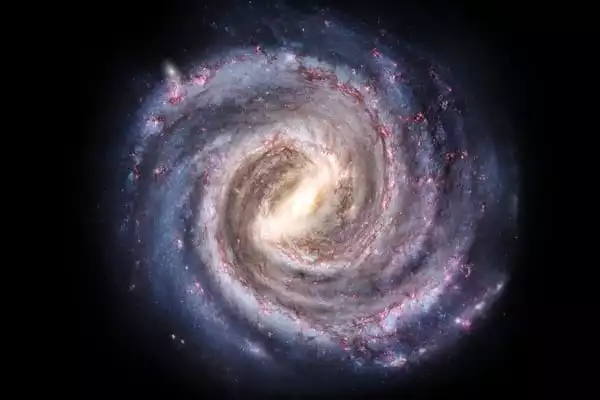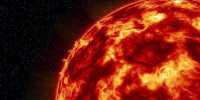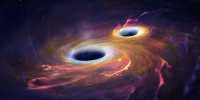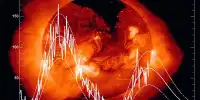The Milky Way is a calm and serene galaxy. It creates stars at a pace of one solar mass per year and has no big outbursts from its supermassive black hole — but it wasn’t always like this. Our galaxy was a turbulent and vibrant place during its early years, from 13 to 8 billion years ago. The Max Planck Institute for Astronomy’s Maosheng Xiang and Hans-Walter Rix described the Milky Way’s adolescent years, including its collisions with other galaxies, the generation of stars, and the formation of heavy elements that would ultimately form planets and eventually us.
The researchers utilized data from the Gaia telescope of the European Space Agency, which calculated the location and velocity of 1.5 billion stars, as well as the Large Sky Area Multi-Object Fibre Spectroscopic Telescope in China, which examined the chemical composition of 9 million stars. The team worked together to extract the positions and motions of 250,000 sub-giant stars, whose ages can be calculated with great precision. A great timeline showing what happened, when, and wherein the Milky Way’s history.
About 800 million years after the Big Bang, the oldest stars were discovered created. The Milky Way formed when many tiny, gas-rich protogalaxies collided, resulting in a flattened shape of 100,000 light-years across and 6,000 light-years thick. This is referred to as the thick disk. The Sun is placed within the thin disk, which developed considerably later than the thick disk. The thick disk had a very particular peak in star formation around 11 billion years ago, according to the findings of this study, which were published in Nature. This occurrence appears to be linked to the Milky Way’s merger with the Gaia Enceladus Sausage, a Milky Way satellite galaxy.
The high-speed collision’s gravitational disturbance pushed gas clouds together, making it simpler to form new stars. Even after the merger phase, the thick disk remains gas-rich and continues to create new stars. Heavy elements were created as a result of increased star formation, and they spread when stars died. These tend to “pollute” younger stars and collect in the galaxy’s central regions.
Instead, the data demonstrate that the stars in the dense disk had a similar composition, implying that the gas was thoroughly mixed. Around 8 billion years ago, the gas condensed into the narrow disk we see today. There is still star formation there, but it is much milder, indicating that the galaxy has entered a more mature phase of growth.















